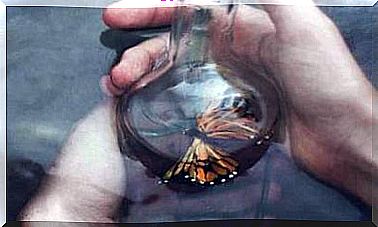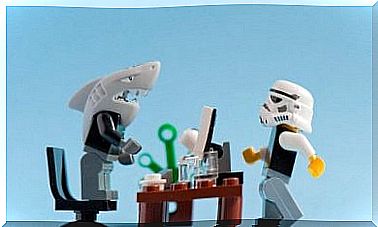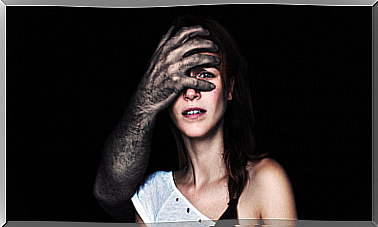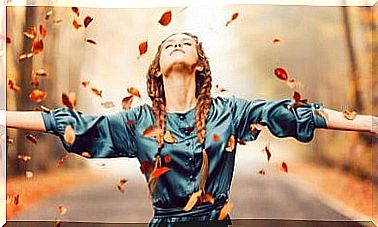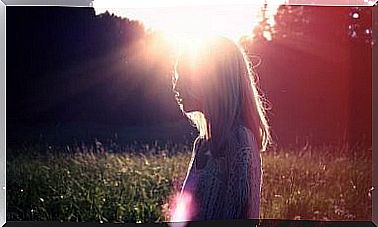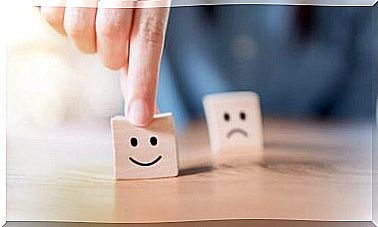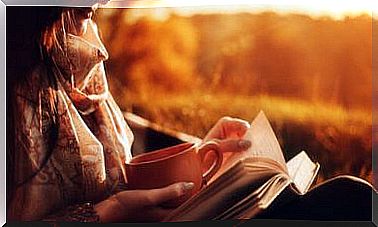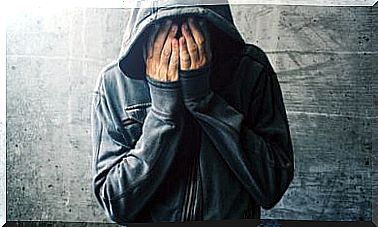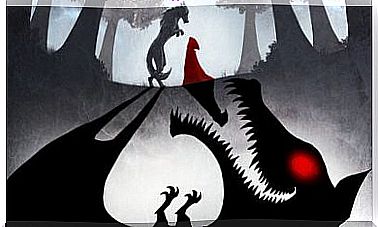The Body Language Of Anxiety
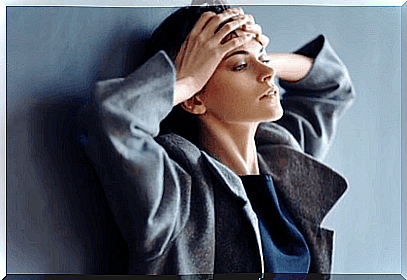
All human feelings and emotions are reflected, in one way or another, in the mimicry and posture of each person. That is why there is talk of a body language of anxiety, just as there is also a body language of depression, joy, fear, etc. All of us, at the same time, are able to read, without putting our will, the meaning of these languages.
This communication through the body gives a certain tone to our interactions with others. It provides a specific climate, in which spontaneity, tension, disinterest or a certain type of emotion prevail. What is expressed through words is only one part of communication. The rest, and more profound, is the responsibility of the language of the body.
In the body language of anxiety there are several elements that reveal the state of nervousness or restlessness. They have to do with the expression of the face, the movement of the limbs and the general posture of the body. Let’s see what some of those elements are.
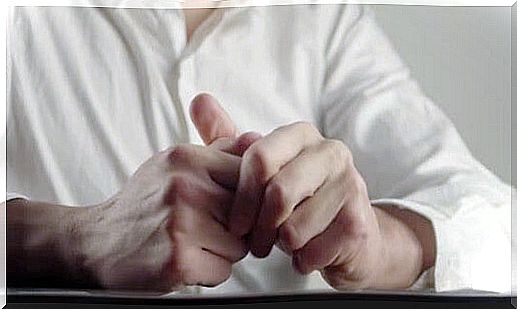
Hands on Anxiety Body Language
Hands are one of the most important elements in anxiety body language. One of the gestures that reveal inner restlessness is to hide them. Since ancient times, leaving one’s hands in view of the other is a gesture of peace, harmony and friendship. It implies that nothing is hidden, that he does not carry a weapon or something that could harm others.
Unconsciously, people leave their hands in view of others when we are calm. On the other hand, when we feel fear, distrust the situation or want to express our reservations, we do the opposite. We hide our hands, either by putting them in our pockets, putting them back or leaving them under the table, etc.
The look, another revealing element
The look is another of those elements that always reveal the state of mind. When a person is anxious, his entire face and his entire body in general show a certain rigidity. The usual thing is that they have a frown, which is why it is very common for a person in that state to be asked if they are in a bad mood, or if they are worried about something. It is also common that this manifestation can make others see us as serious people.
There is a particular gesture of the gaze that shows that state of anguish. It has to do with combining a totally fixed gaze , with moments in which the exposed eye area is reduced and the head is lowered. Sometimes one predominates more than the other, but in general they are gestures that are present in people with a high state of anxiety.
Remember that in anxiety there is a feeling of worry that is constant, but at the same time undefined. This also includes some general irritation and intolerance of the environment. That is why the fixed gaze, which denotes a certain aggressiveness, is combined with the downcast gaze, which is a sign of introspection.
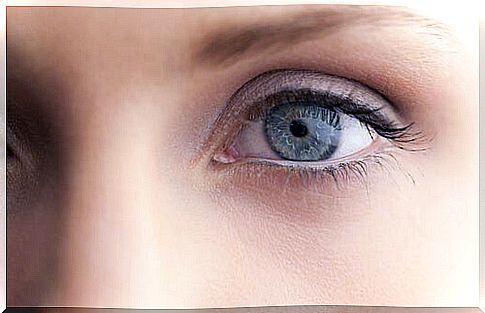
Other gestures that denote anxiety
The gesture of biting is one of the most typical in states of anxiety. It is most evident when, for example, they bite their nails. However, not everyone has this habit, but they could have the habit of chewing on other objects such as pencils, erasers or whatever object they have on hand. It is also very common that, when someone is nervous, they bite their lips. It is a gesture of restraint that denotes concern. The same goes for actions like chewing gum or similar actions.

Another element that reveals anxiety is the continuous and compulsive movements. Sometimes it is the famous crossed leg that rocks and does not stand still for a moment. At other times it is an object that is played with the hands, without stopping. It can also be a tic, tapping your feet, drumming your fingers, or something like that. All this denotes restlessness and nervousness.
Something particular happens with anxiety and that is that it is easily contagious, especially if the interlocutor (s) are also in tension. This is why anxiety body language is more than just anecdotal. This is a telltale sign of anxiety itself. On the one hand, it shows that there are concerns to be resolved. On the other hand, it may be impairing communication with others.
